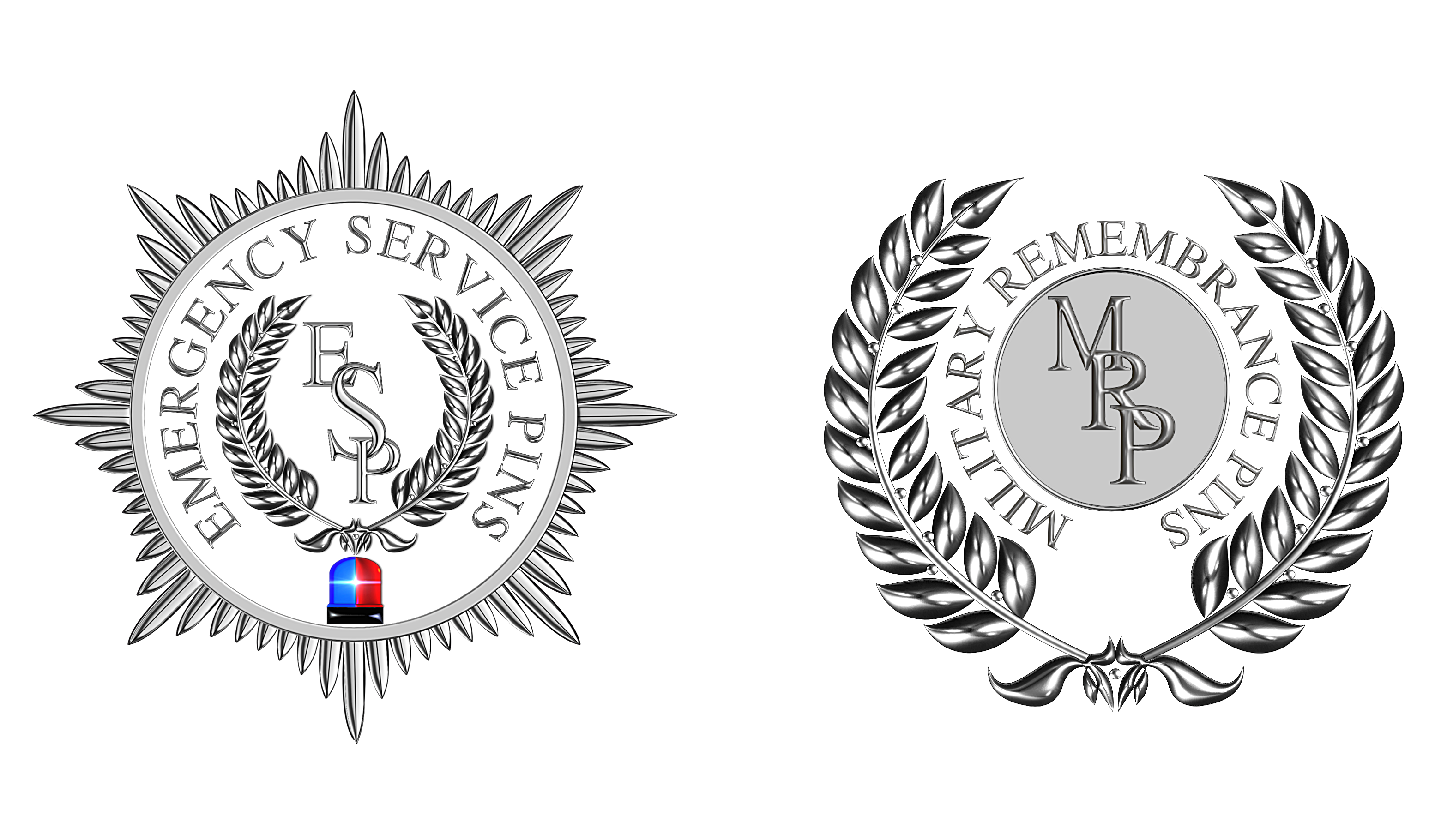River Class Offshore Patrol Vessel Royal Navy Lapel Pin
***Currently Not Available***
Please use the NOTIFY ME button should you wish to pre order and be notified when back in stock. No money is required to place a pre order.
Wear this River Class Pin with pride at any time of the year.
Made with High quality metals and enamels.
2 x Rear metal butterfly pin fasteners.
Size: 45mm
Free UK Postage & Packaging
Worldwide postage will be added at checkout for your country destination. Using the current Royal Mail Standard Delivery Tariffs. Tracked & Signed options are available.
Why not purchase a pack of Spring Loaded Chrome Pin Savers, never lose another lapel pin. Very secure. (Click On The Image)
The River class is a class of offshore patrol vessels built primarily for the Royal Navy of the United Kingdom. A total of nine were built for the Royal Navy (RN), four Batch 1 and five Batch 2. One Batch 1 (HMS Clyde), which was the Falklands guard ship, was decommissioned and transferred at the end of its lease to the Royal Bahrain Naval Force.
The three remaining Batch 1 ships perform fisheries security and border patrol tasks in UK waters. The five new Batch 2 ships provide overseas forward presence, performing maritime security duties and disaster relief operations, often supported by a Royal Fleet Auxiliary vessel.
The Batch 1 ships of the class replaced the seven ships of the Island class and the two Castle-class patrol vessels.
HTMS Krabi was the first of two ships adapting the River design for the Royal Thai Navy and built in Thailand. The three ships of the Amazonas-class corvette in service with the Brazilian Navy were developed from the Batch 1 River-class design, and the Royal Navy's Batch 2 ships were in turn based upon the Amazonas design.
The County class was a class of guided missile destroyer, the first such vessels built by the Royal Navy. Designed specifically around the Seaslug anti-aircraft missile system, the primary role of these ships was area air defence around the aircraft carrier task force in the nuclear-war environment. A class of ten ships was envisaged in 1958 for about £6–7.5 million each, equivalent to a costed programme for four large, Seaslug-armed, 15,000-ton cruisers, estimated at £14 million each, based on an upgraded Minotaur-class cruiser (1951), approved for full design in early 1955. The final four County-class ships, with hull numbers 07 to 10, were delayed in 1960 while an anti submarine escort carrier was considered. Hulls 07 and 08 were approved in 1963 as a temporary stop gap,and hulls 09 and 10 were cancelled






